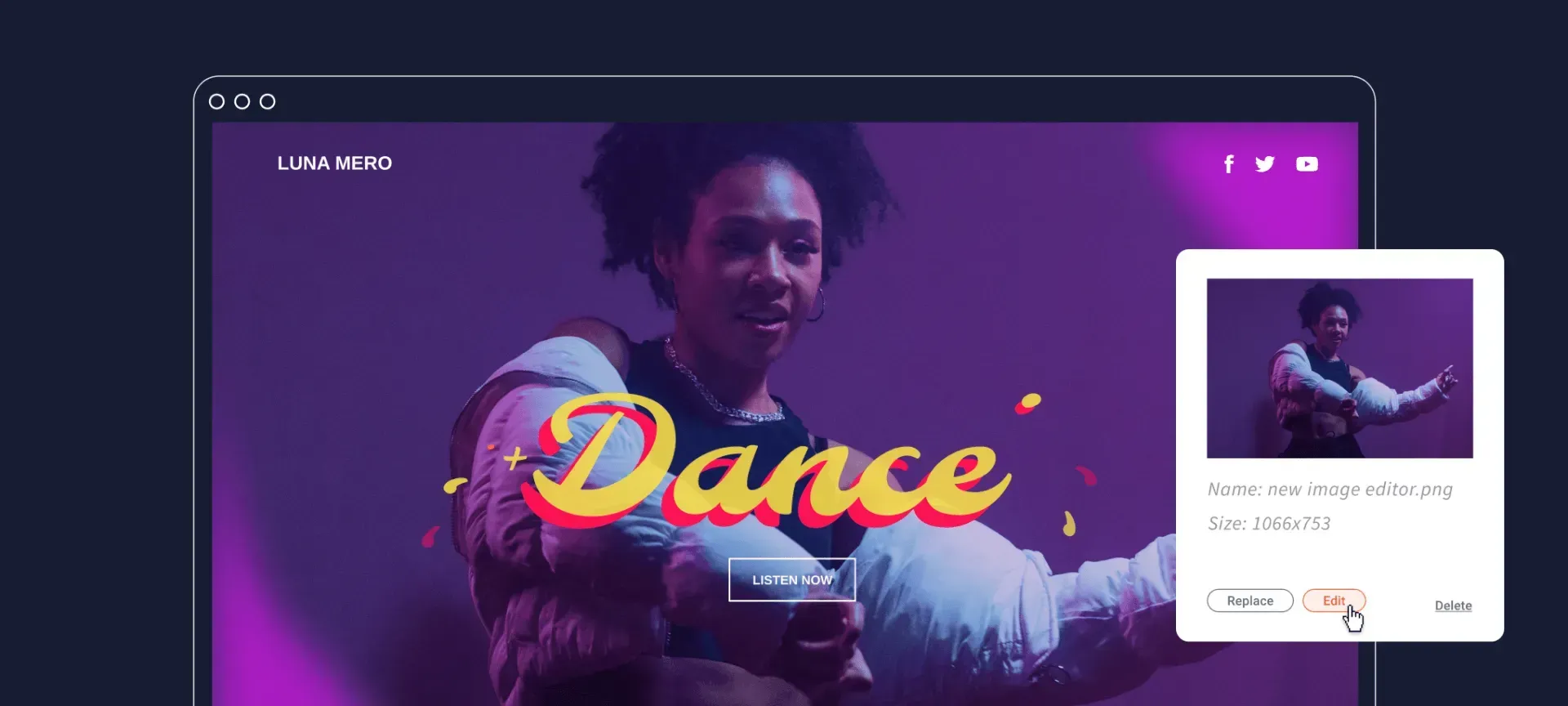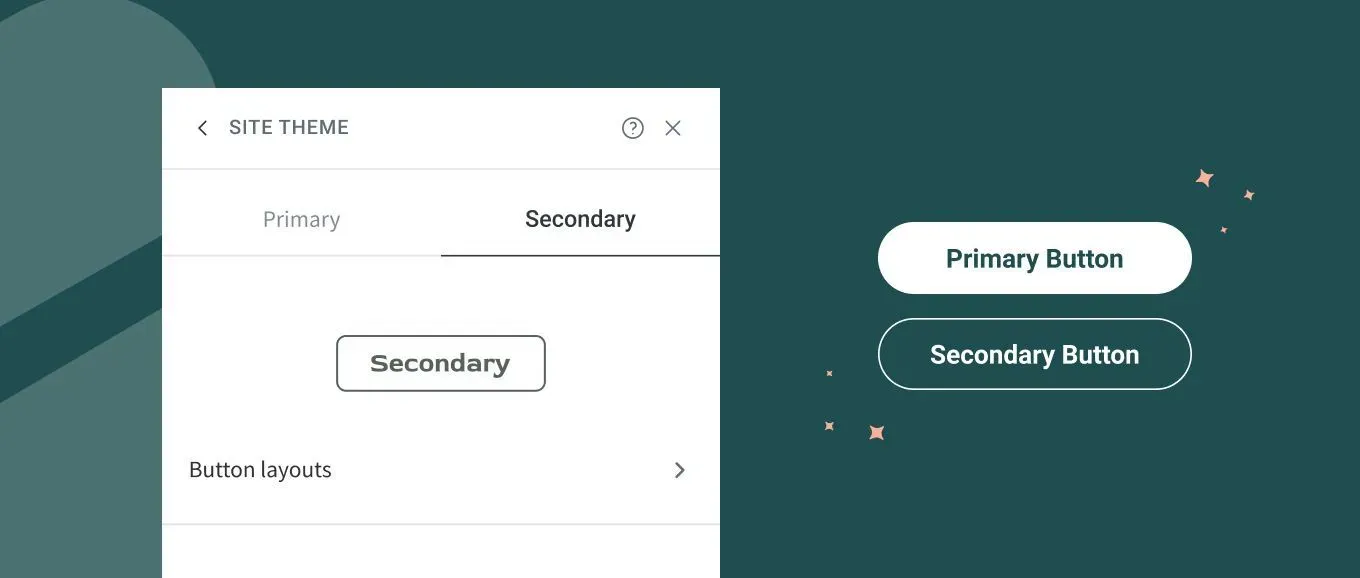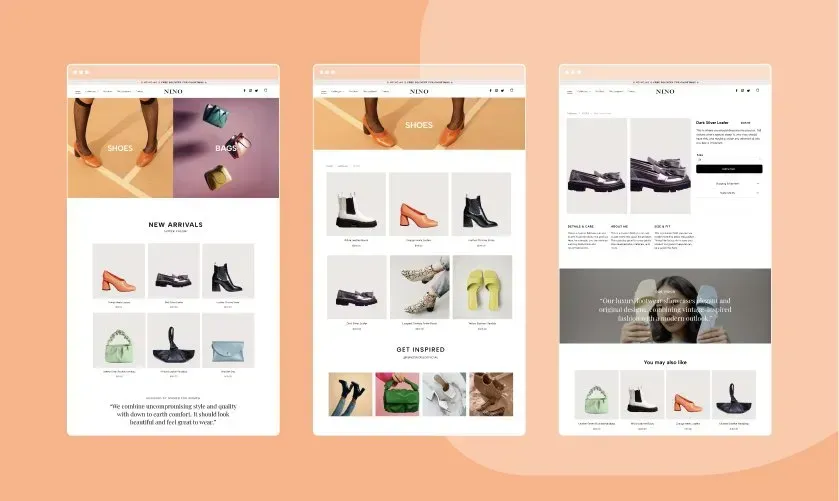Whichever social media platforms your business uses as part of its social media strategy, knowing how to use hashtags will help boost your brand’s social media reach and engagement like no other.
However, if you’re sticking with #MotivationalQuote posts on Instagram, and you're unsure of how else to use hashtags, stay right here - this one's for you.
This blog breaks down what hashtags are, how effective they are on social media platforms and why you should be using them to your advantage. We will also teach you how to use them wisely, better than your competitors.
What is a hashtag?
With thousands of images published every minute across all social media platforms, it can be hard to stand out amongst the noisy crowd. The possibility for your post to be seen isn’t promising, unless they are your followers. That’s where hashtags come into play. A hashtag is a keyword/ phrase preceded by the hash symbol (#), written within a post and/or comment to highlight it and facilitate a search for it. Essentially, indexing it so that it can be discoverable to everyone, even if they’re not following your account. For example, if you're a makeup artist you can add the #makeuponpoint to your Instagram posts to snag those people with a passion for beauty.
Why should you use hashtags?
Thanks to the power of hashtags, your social media posts aren’t limited to just your followers/connections. By adding one of these bad boys, your content will be accessible to other users interested in similar things as they've searched for your hashtag. Choosing the right hashtag can greatly broaden the reach of your social media posts to thousands of potential followers and customers. Let's keep with the beauty related example mentioned before - if you are a makeup artist, it can be tempting to go for the obvious #makeup, but beware!... With a common hashtag like that and millions of posts, your chances of being seen are so so slim. Now if you throw a more specific tag in the mix like #glamorousmakeup, you're looking at better odds. This is all the more relevant with the recent update on Instagram, where you can now follow specific hashtags just like you would friends or companies. So make sure you don’t just slap a hashtag symbol on any old word, make it specific to you and what you have to offer.
How do you use hashtags wisely?
So we've covered what a hashtag is and why you should use them, but how do you create them wisely? To recap how you create a hashtag, all you need to do is include a ‘#’ symbol in front of a relevant keyword or phrase associated you you, your business and post. Hashtags are only powerful when handpicked and used wisely and with purpose. Here are some general tips that apply to all hashtags, no matter the social media platform or business:
Keep it short: Don’t squish too many words into one hashtag. Nothing turns people off more than overly lengthy hashtags. Remember you want to attract your audience and potential customers with the right hashtags so don't add unnecessarily long hashtags such as #ThisIsMeAndIllNeverApologiseForThat or #ThisIsTheProductYouNeedInYourLife. No-one wants to see that rubbish. Keep it short and simple people!
Think strategically: Since you won’t have created the hashtags, be mindful that they are likely being used by other brands/ your competitors. This is a good thing, since people will look after this hashtag. But at the same time, when a hashtag is overcrowded, your content can go unnoticed and be buried in the noise. So we recommend you mix content hashtags with a high volume, with other hashtags that are more specific to you. For example, let’s say you have a restaurant and you want to post a picture of your latest risotto dish on Instagram. #Food is an obvious choice, but with close to 300 million posts, you have no chance to stand out. Try and find more specific hashtags, such as #risottorecipe or #risottolover. Do some research and find what works for you. Using Hashtagify is a good place to start when finding the right hashtags for your posts. And of course, nothing will beat the good old test and measure: experiment, learn and have fun as you go along.
Don’t overuse: Another thing you want to avoid is writing your entire caption with one hashtag per word. It looks tacky and well, does absolutely nothing for your posts. #Its #not #really #fun #to #read #like #this #is #it? The number of hashtags you can allow per post depends on each platform. But as a general rule of thumb, only put an hashtag next to word that are really significant to you, your business and the post.



